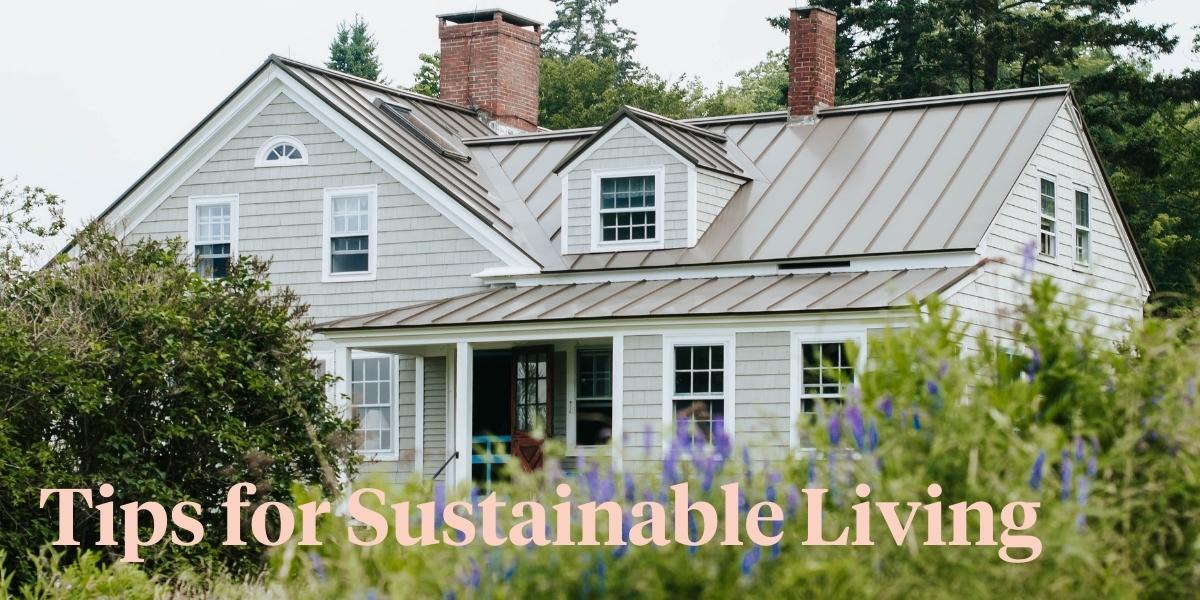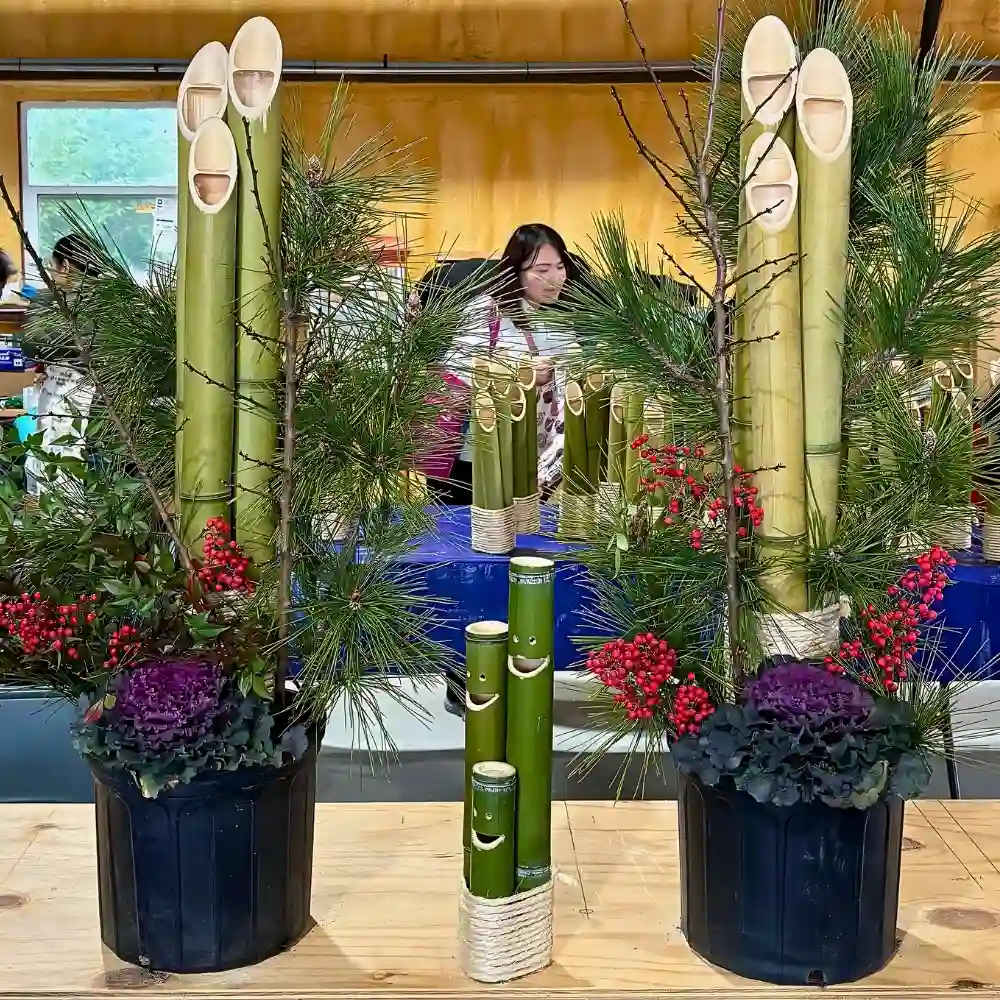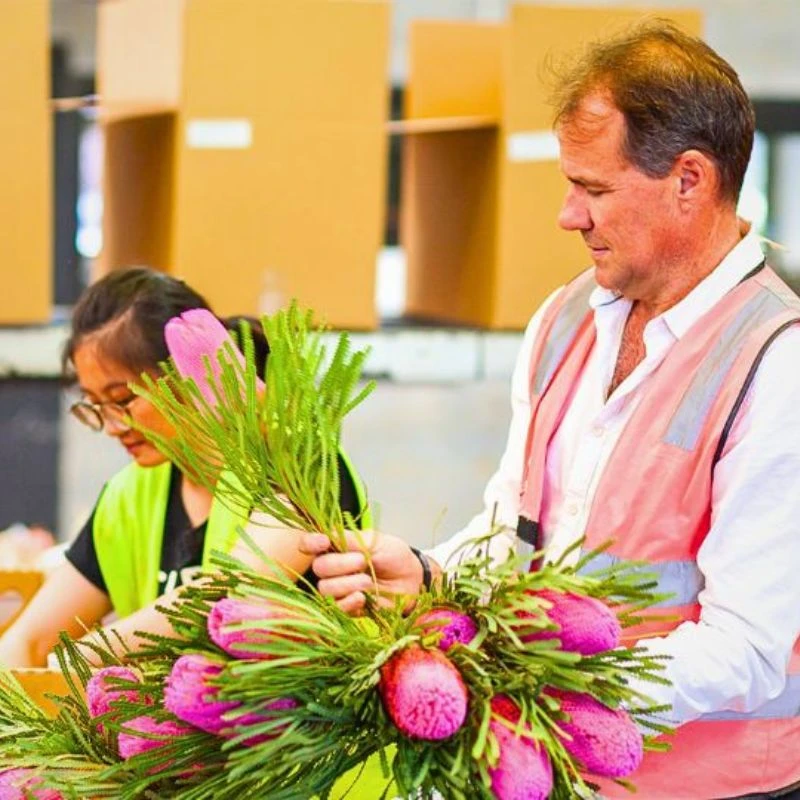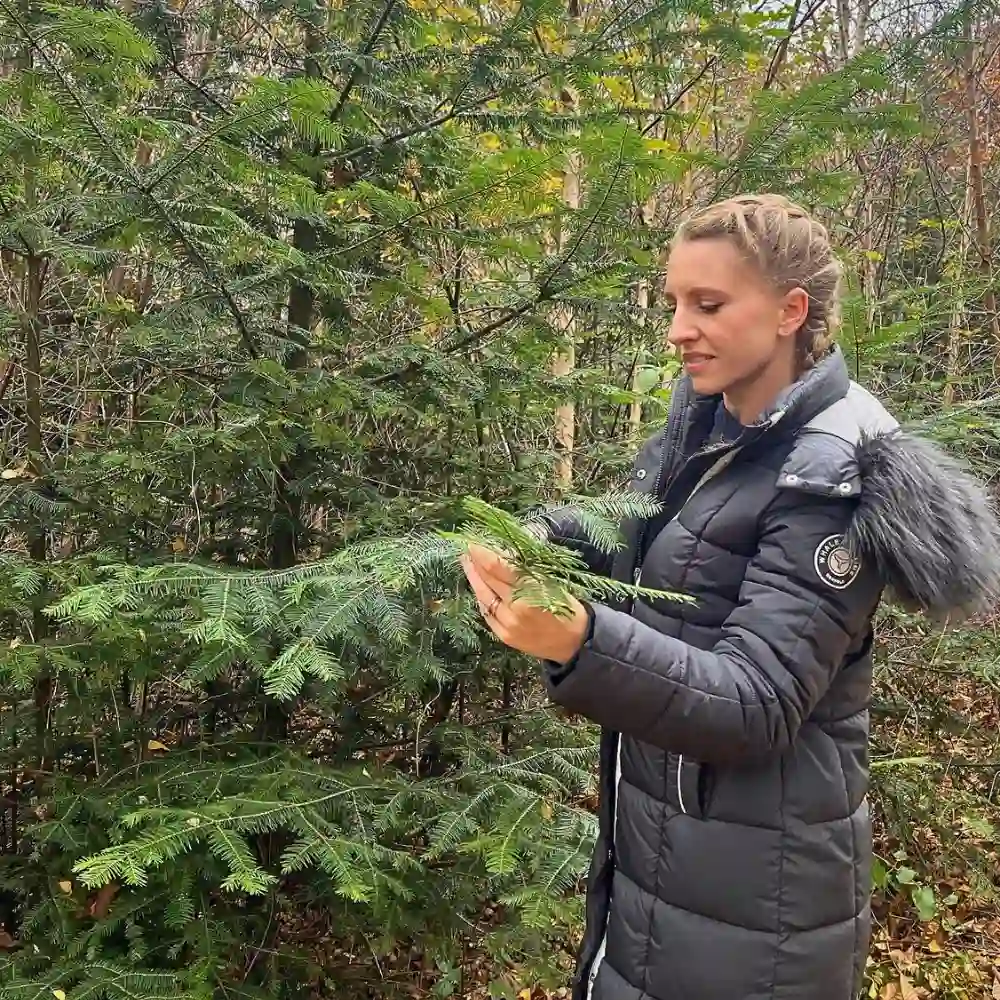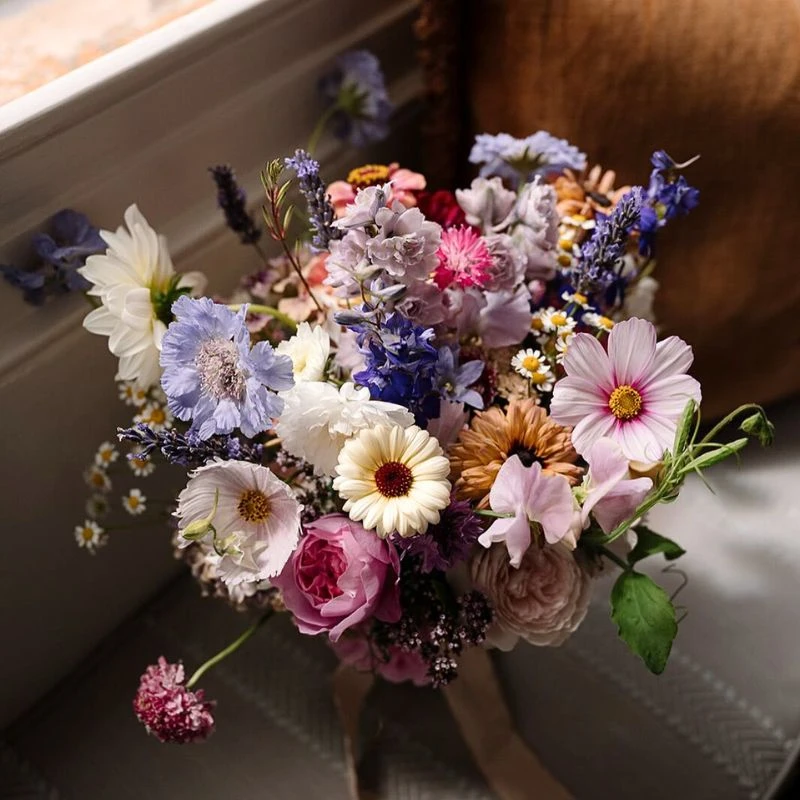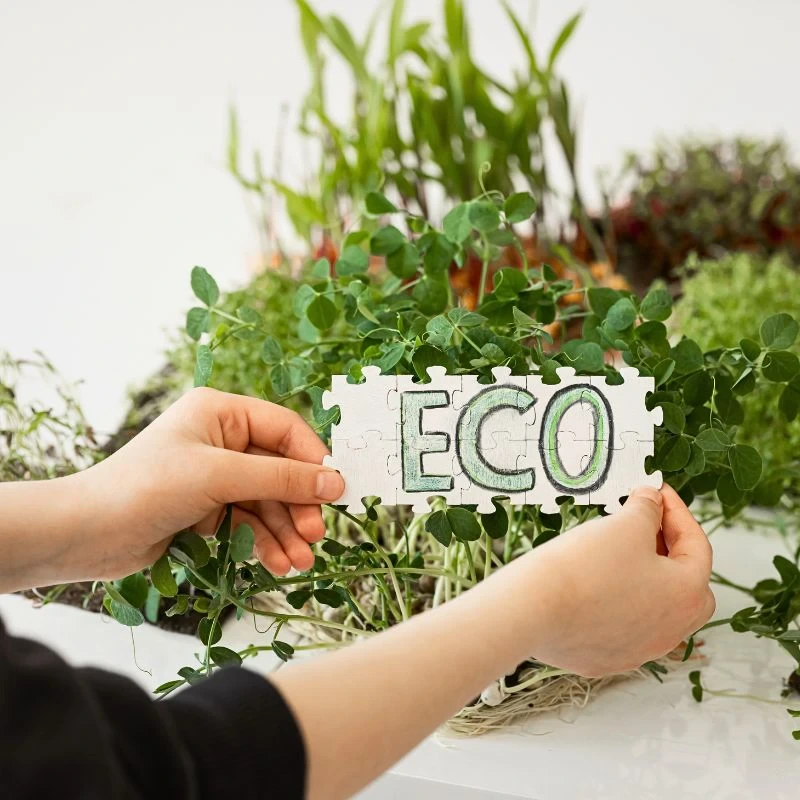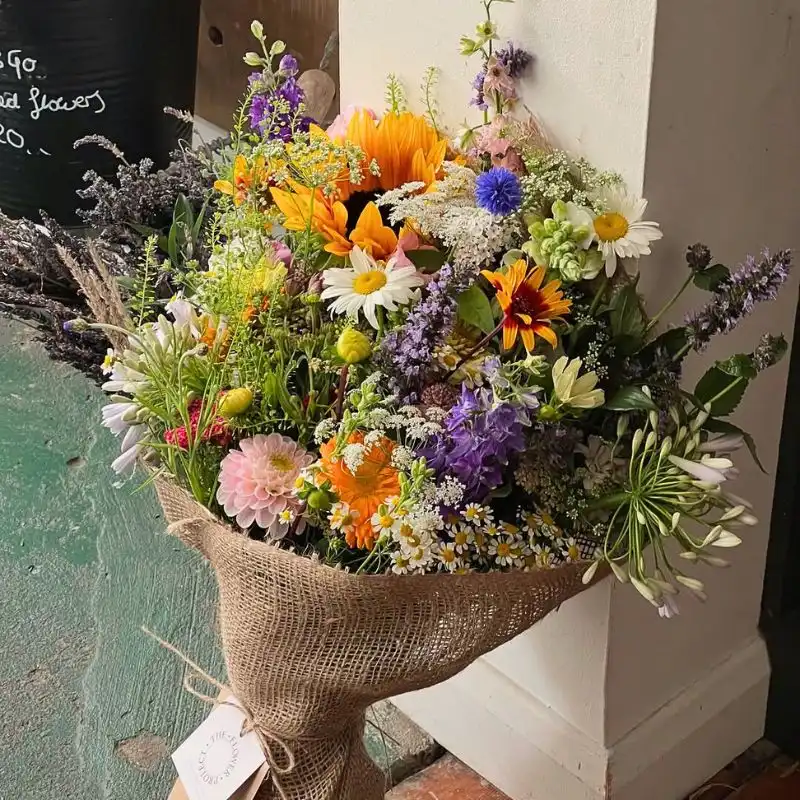Do you know what kind of environmental impact you have? You may be surprised at how much of a negative impact just one person can have on the planet! But the good news is that that same person can change to have a positive impact with just a few small lifestyle adjustments.
Going green, sustainability, going zero-waste, and being eco-friendly are buzzwords. But that shouldn’t distract from the problem - the planet needs serious, consistent action from everyday people like you and me if it’s going to survive and thrive again!
How to Keep Your Home Green and Make a Positive Impact
Want to keep your home green? Here’s how to do it in an easy and sustainable way so you can contribute positively to the health of the planet as well as yourself and your family.
Create Your Own Vegetable Garden
You don’t need a 'green' thumb to start your own eco-friendly vegetable garden, which will allow you to have delicious and healthy home-grown produce! The best way to begin is to start by planting vegetables that are relatively easy to grow and that will require minimal effort.
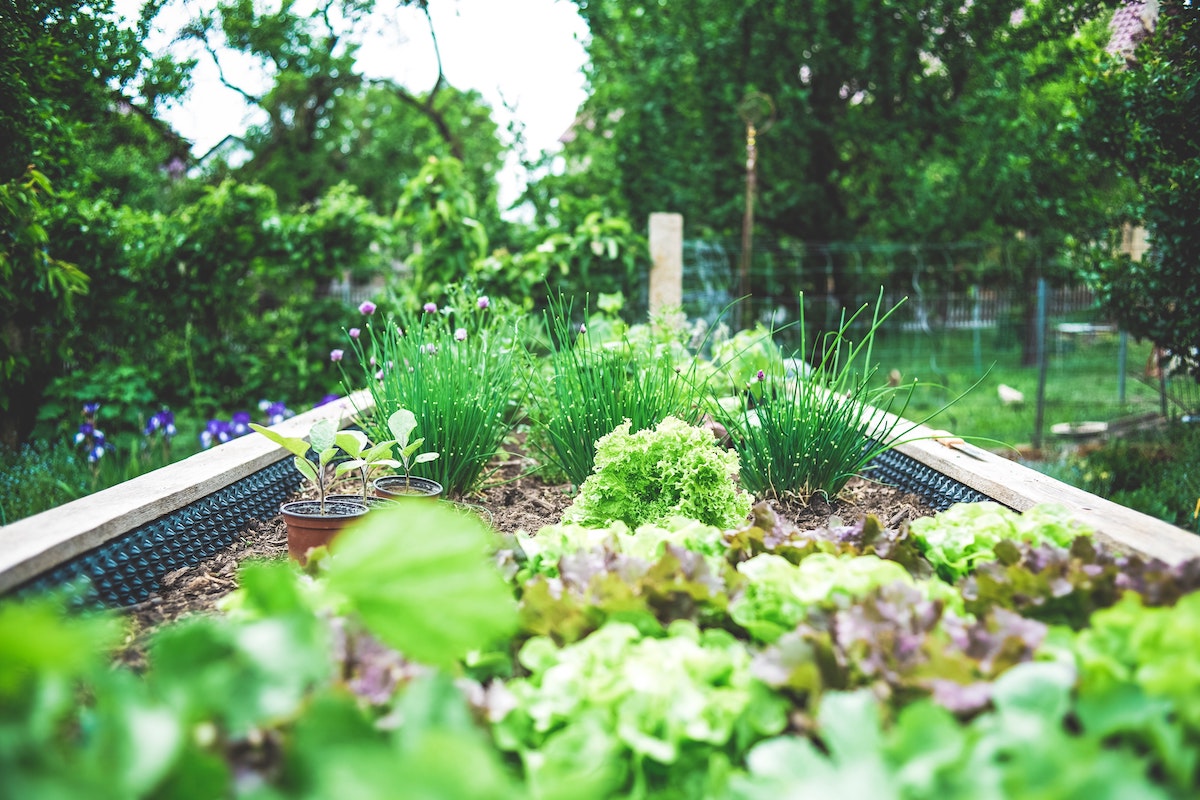
Vegetables like radish, beetroot, carrots, tomatoes, green beans, swiss chard, and kale will all yield tasty results that will continue to grow throughout the season. You’ll also have peace of mind as you’ll know that no harmful pesticides were used and the fresh produce will add so much more flavor to the food.
Growing your own vegetable isn’t only great for you, but it helps the environment as there’s less waste and carbon emissions are reduced. You can grow your veggies in your backyard, or in a planter box. Just make sure to place the planter box on a mat if it’s indoors.
Plant Bee-Friendly Plants
Did you know that a single bee can visit up to 5,000 flowers in one day? Bees are vital to our ecosystems. The more we can provide flowers for them, the more it will greatly increase the chances of a plant producing fruit and vegetables. As well as your vegetable garden, it’s a great idea to grow some bee-friendly plants like lavender, rosemary, cosmos flower, foxgloves, snapdragon, evening primrose, and bluebell.
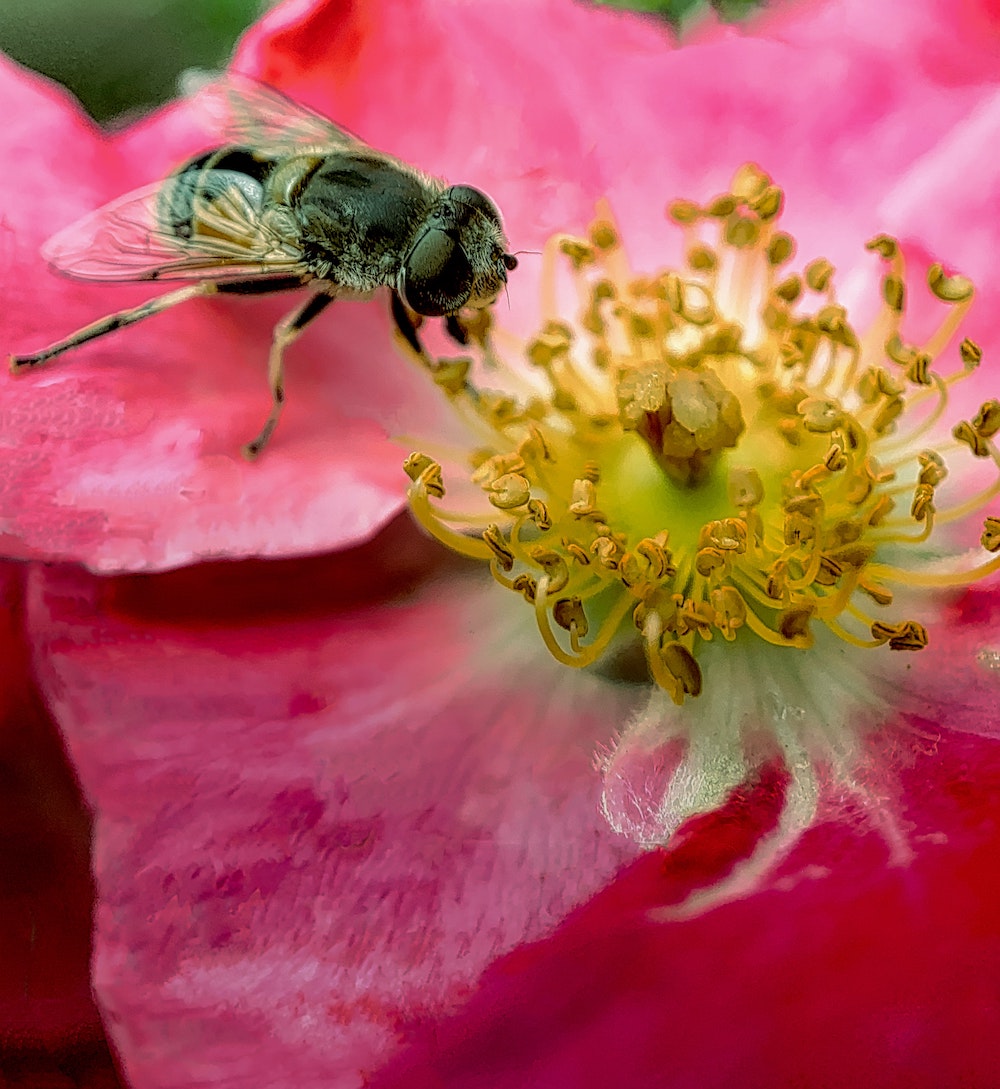
By looking after the bees, they’ll help to pollinate your garden and you’ll be able to look forward to a bountiful harvest. You can also include a shallow water source for the bees, as this will help them to conserve energy and allow them to fly back to their hives.
Start Composting
Whether you have a vegetable garden in the backyard, on the rooftop, or you have planter boxes on your balcony or windowsill, you’ll need to give them quality plant food! Composting is the best way to provide your vegetables with excellent-quality plant food, as you can control exactly what goes into it.
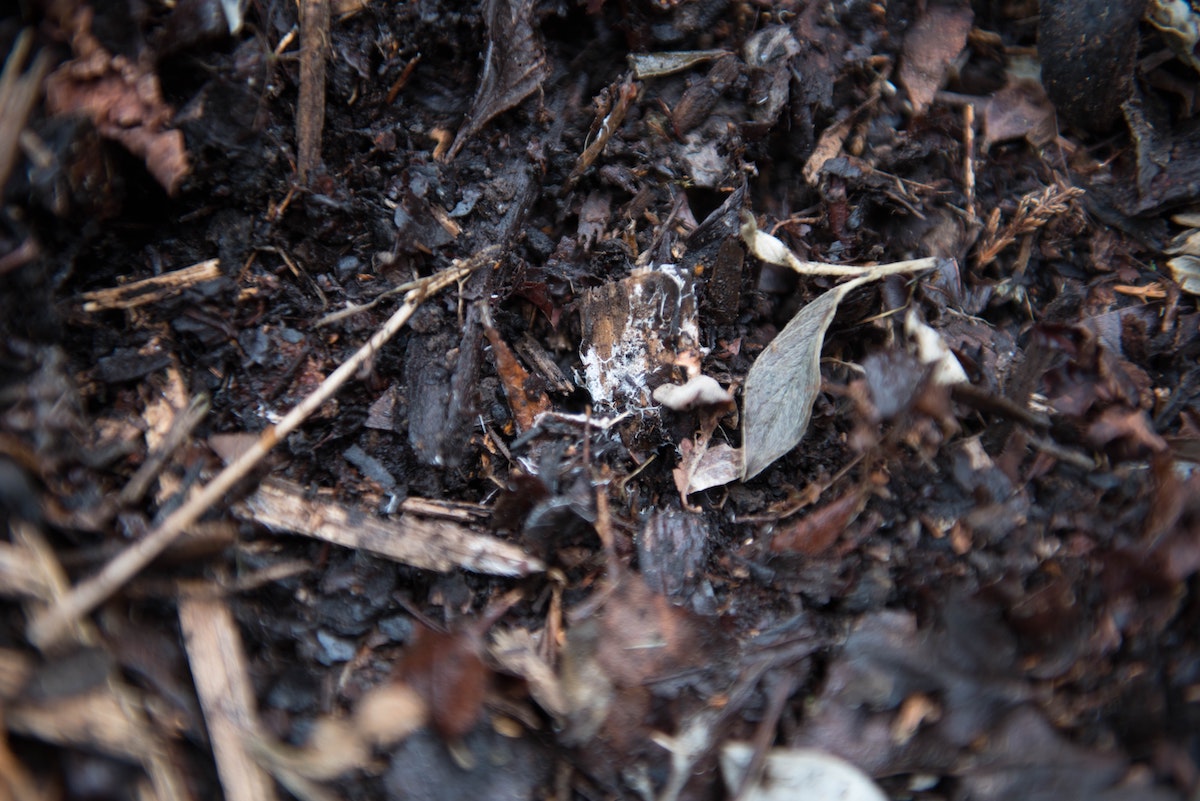
Upcycle all your kitchen waste or food that’s past its “best by” date into your indoor or outdoor compost bin. This will allow you to create an organic fertilizer that can be used to keep your garden green. This will also help reduce the amount of waste that goes to the landfills, which will help reduce greenhouse gas.
Store Your Rainwater
To help reduce your water consumption, you can look at catching and storing rainwater and using it to water your garden. If you have a backyard, then you can use rain barrels or a rain pillow to help store your water. While it may be a bit more tricky to catch rainwater if you’re living in an apartment, it can be done!
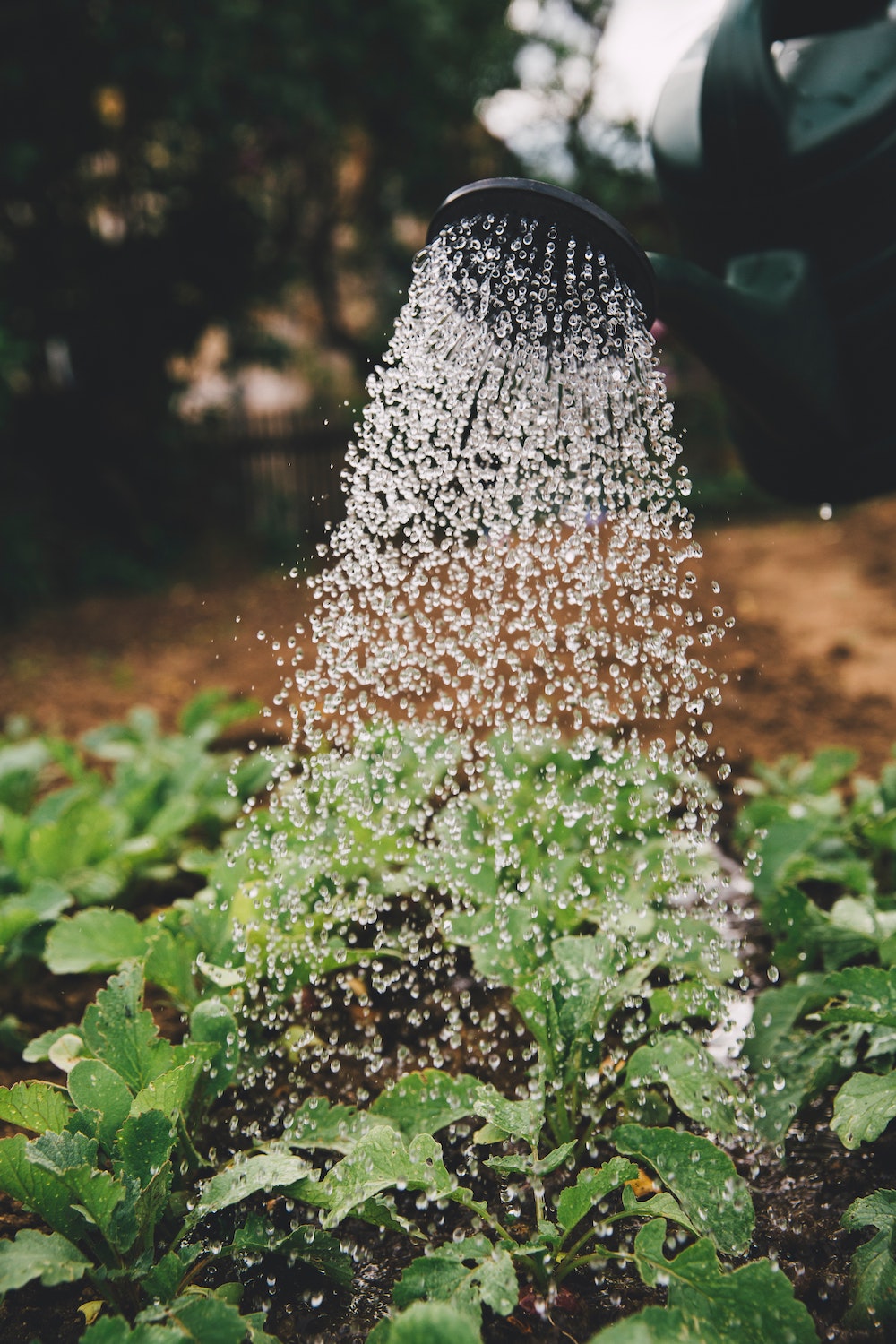
You can always repurpose an old umbrella by opening it and placing it upside down over a bucket and then poking a few holes into it. This will help to catch the rainwater on a balcony. If you don’t have a balcony, then look at placing your containers underneath the points of heaviest rainfall. Not only will you help the environment out by reducing your water consumption, but you’ll also be saving some money.
Conclusion
Putting green measures into place in your home is easier than you may think! Take these small steps today to keep your home green, and you’ll be making a contribution to the health of the planet.

